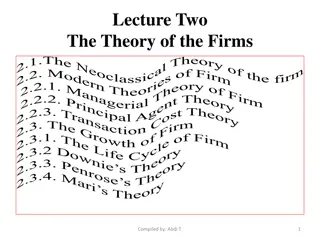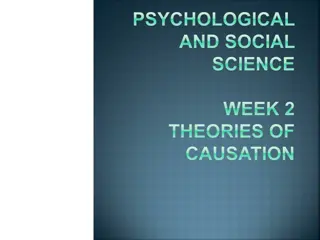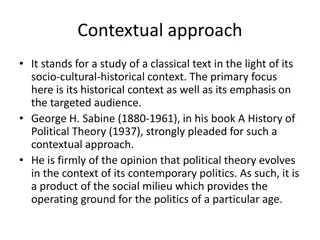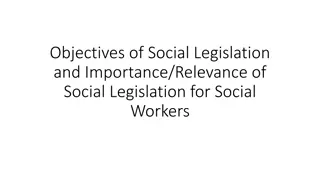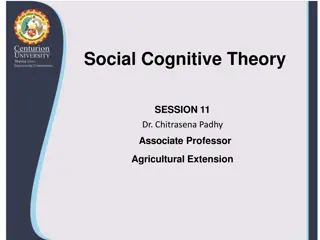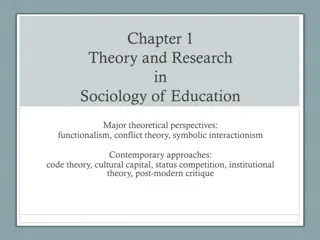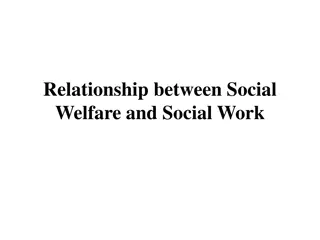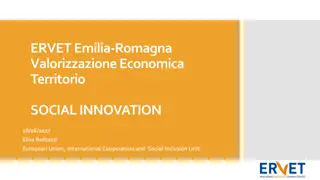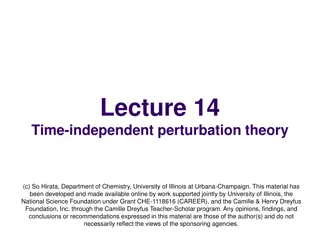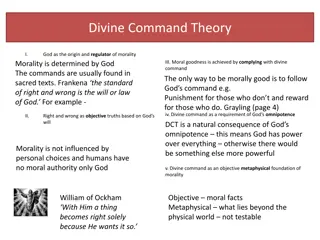
Social Impact Theory in Obedience Research
Dive into the realm of social impact theory and its application in obedience research. Explore how factors like sources, targets, strength, immediacy, and number play a role in predicting social impact. Discover challenges in measuring the strength of sources compared to immediacy and number.
Uploaded on | 1 Views
Download Presentation

Please find below an Image/Link to download the presentation.
The content on the website is provided AS IS for your information and personal use only. It may not be sold, licensed, or shared on other websites without obtaining consent from the author. If you encounter any issues during the download, it is possible that the publisher has removed the file from their server.
You are allowed to download the files provided on this website for personal or commercial use, subject to the condition that they are used lawfully. All files are the property of their respective owners.
The content on the website is provided AS IS for your information and personal use only. It may not be sold, licensed, or shared on other websites without obtaining consent from the author.
E N D
Presentation Transcript
Topic 1: Social Psychology Content to describe social impact theory Most pupils will be able to Apply the new terminology to explain example from obedience research Some pupils will be able to Evaluate social impact theory with reference to key term reductionism All pupils will be able to Outline the theory with reference to sources, targets, SIN, multiplicative and divisional effects Latane s idea that social impact can be predicted using a mathematical equation. Outline why it is difficult to measure strength compared with immediacy and number
Can you apply the terminology to the following studies Milgram (1963): People obeyed in the Milgram study because . Hofling (1966): People obeyed in the Hofling study because however obedience might have been even higher if Milgram (1963): Obedience was reduced in the disobedient stooges variation because Use as many keywords from your glossary sheet in each answer
Latanes Mathematical formula I= f(SIN) the multiplicative effect I is the impact F is as a function of (is dependent on) SIN; is strength X immediacy x number
Think! How would you measure strength, immediacy and number? Think about how we would quantify (give a number to) STRENGTH (the importance of the source to the target)? What problems might arise when we try to decide this? Is the data NOI or R?
Thinking about strength These men all asked passers-bys to give them a small amount of line, or to stand just a little further away in the pavement How do they differ in strength as sources? What does this depend upon? (This is Bickman s (1974) field experiment on obedience)
Think about strength These people are all homeless, their presence might have some impact on the people passing by. How could we measure the impact? Do they differ in strength as sources? How do we measure the strength of the source on the target?
How would we measure IMMEDIACY? How might the units used differ to the units used to measure STRENGTH? Is the data nominal, ordinal interval or ratio (NOI R)?
Okay so NUMBER is pretty straight forward is this type of data similar or different to STRENGTH and IMMEDIACY? How do the answers to these questions relate to the key terms objective and subjective. Is the data NOI or R?
Reductionism in Psychology breaking down a complex phenomenon into apparently simple parts (constituents) analysing and describing a complex phenomenon in terms of its simple or fundamental constituents assuming that this simple explanation is sufficient to understand the phenomena
Reductionism and Social Impact Theory WEAKNESS: One weakness of Social Impact Theory is that it can be seen as a very reductionist way of understanding the intricacies of interpersonal interaction . It fails to understand the idea that it is really hard to measure strength This perception is based on so many different things and the judgement is subjective each target s perception of the source will vary according to which things are most important to them; an outsider can t judge this





